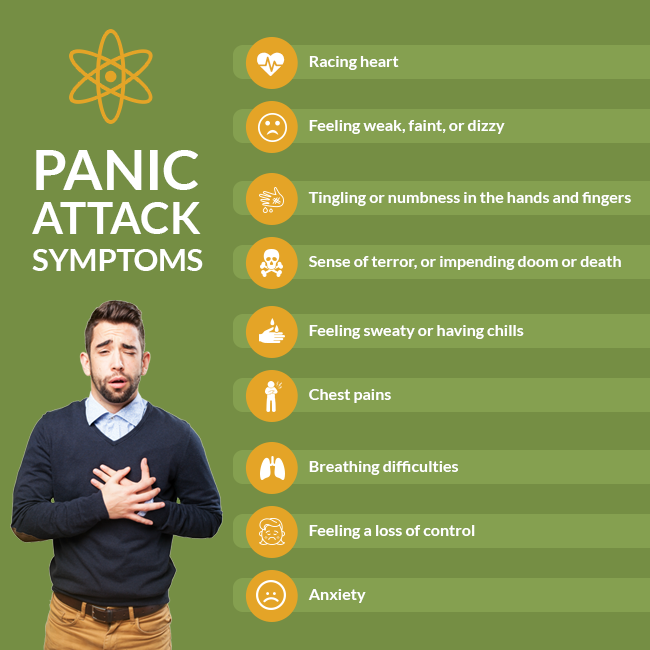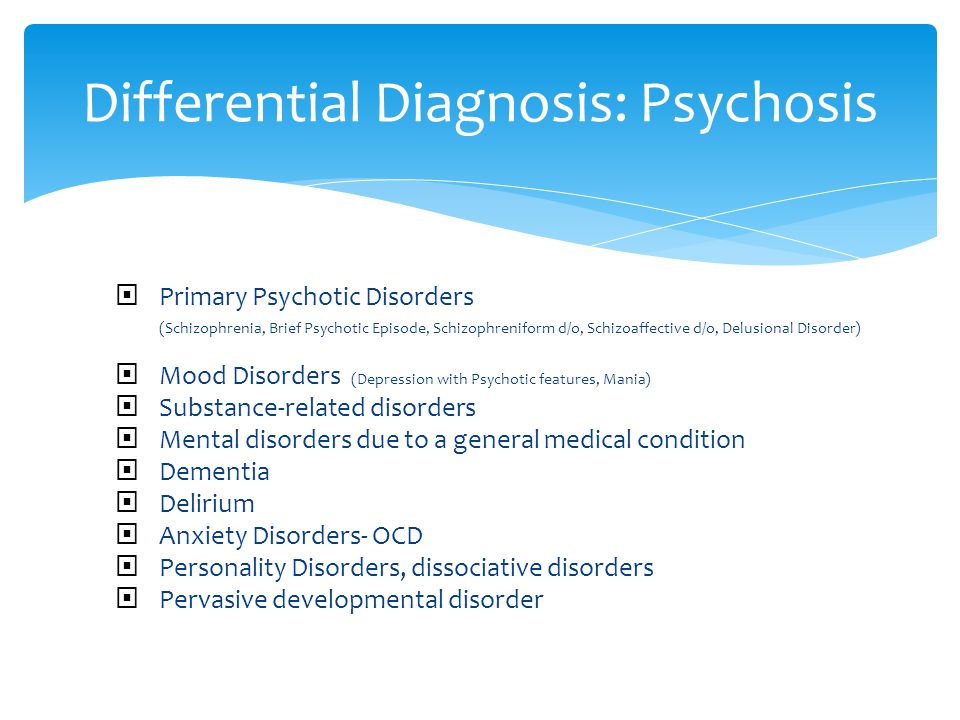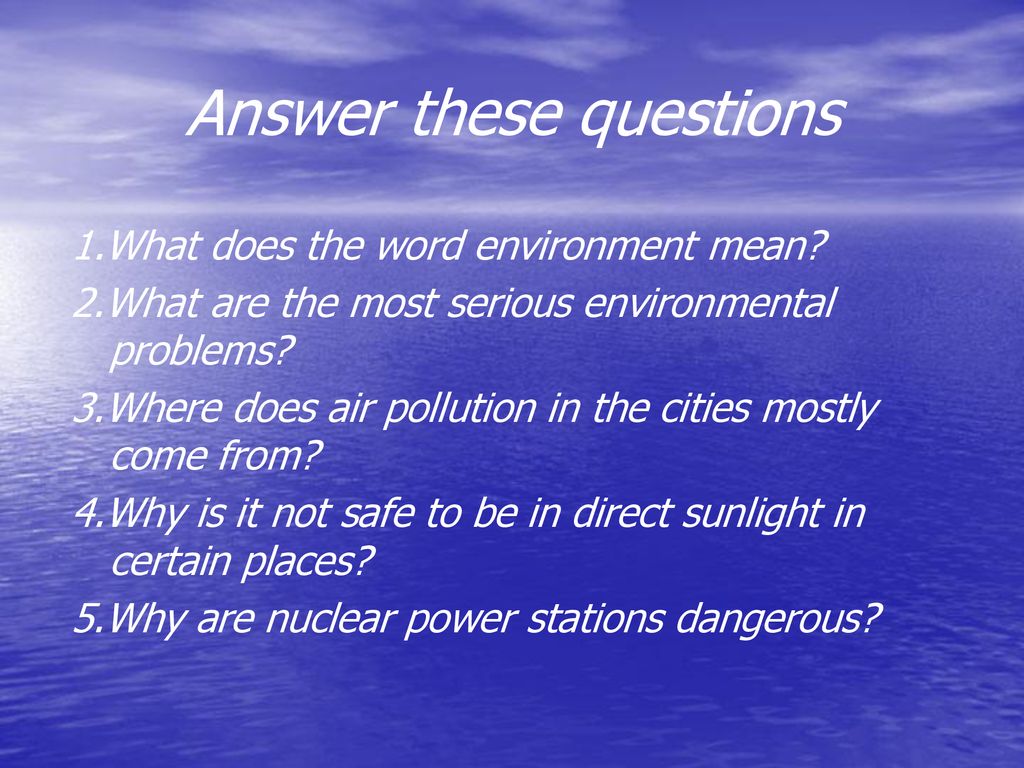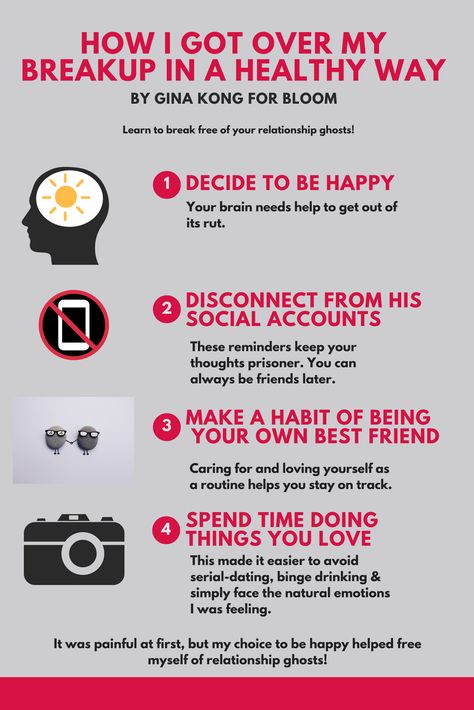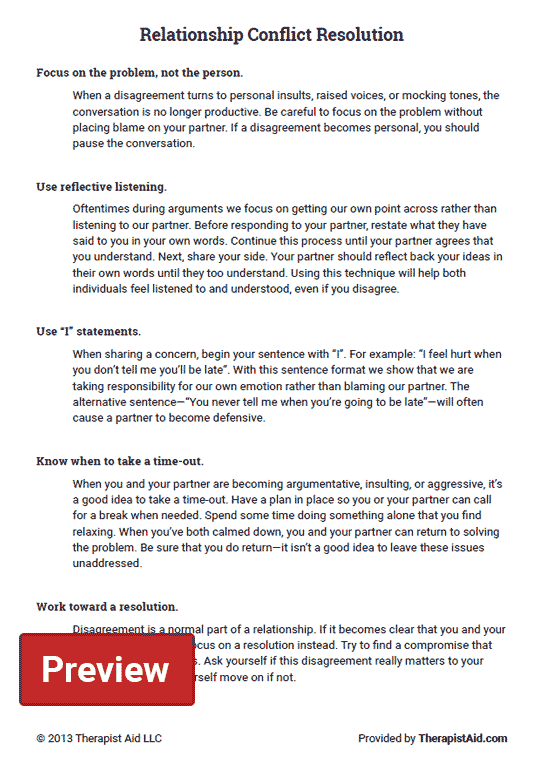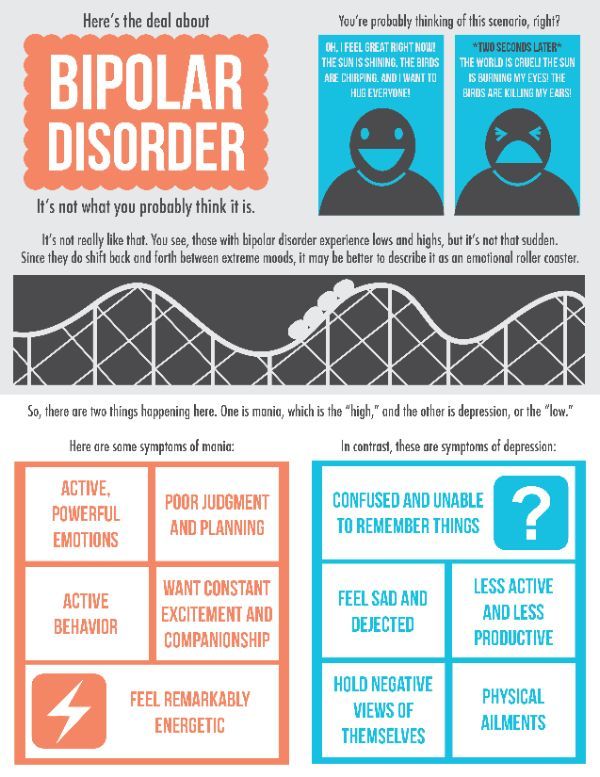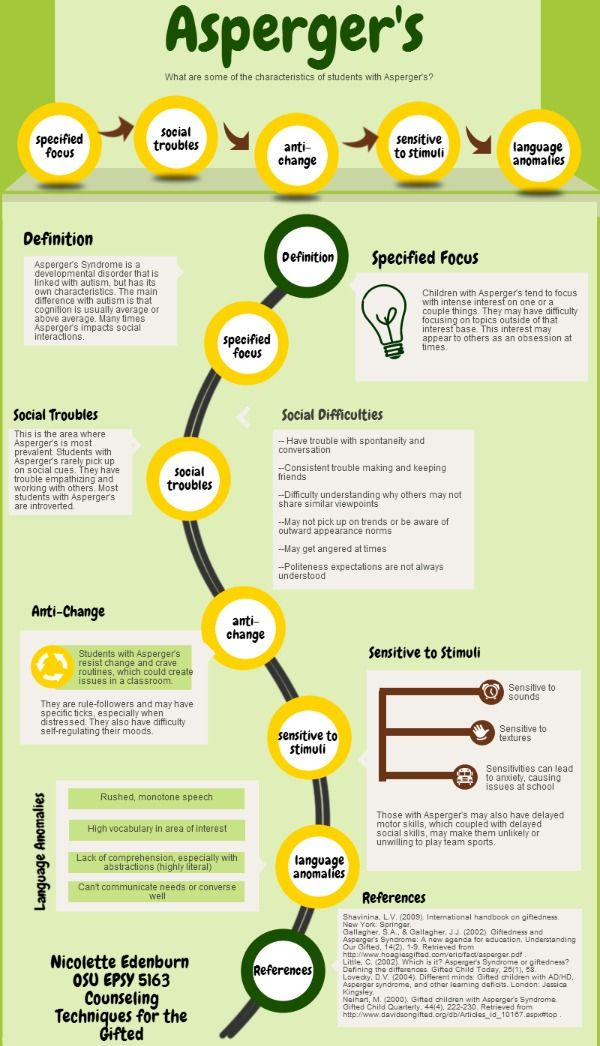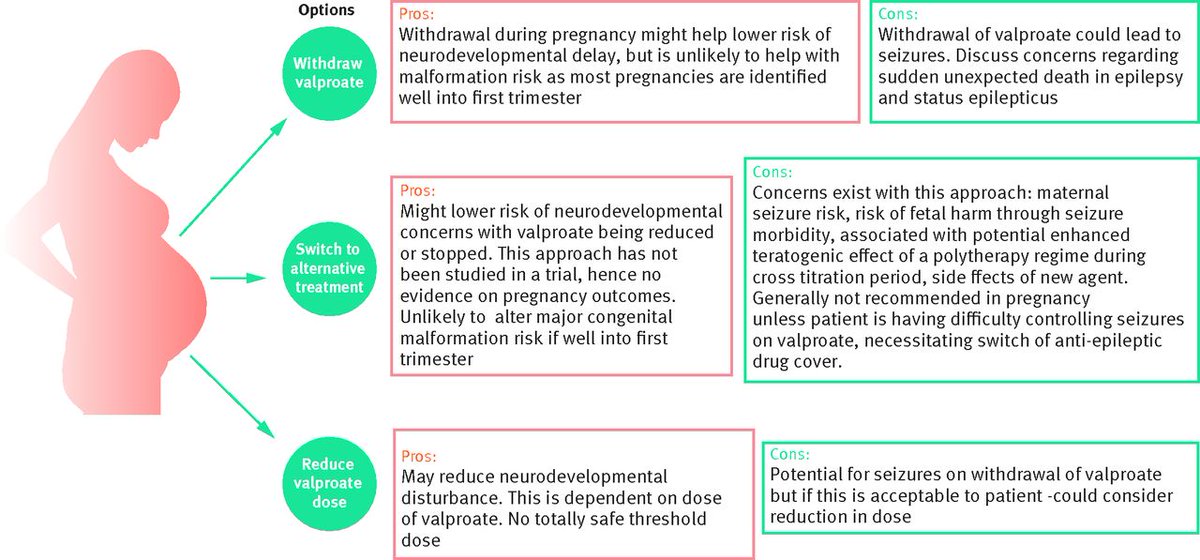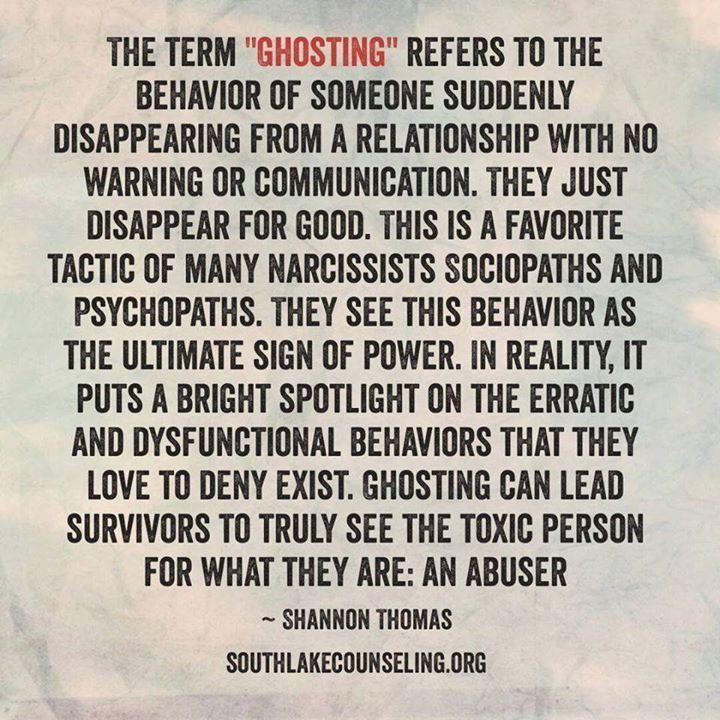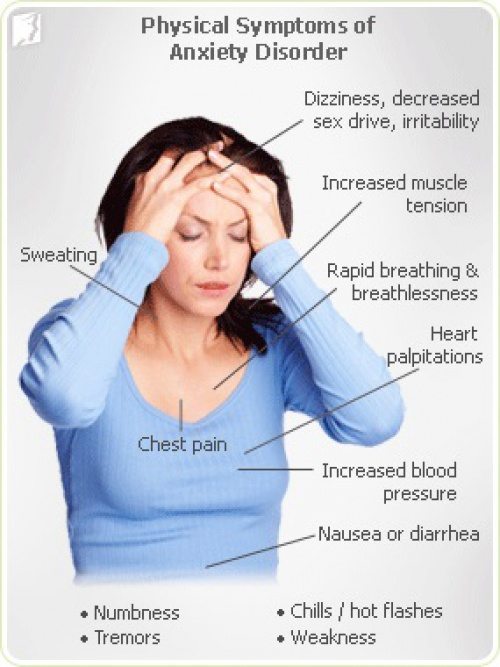Tingly chest anxiety
Tingling, Pins and Needles, Paresthesia Anxiety Symptoms
Tingling, pins and needles, paresthesia anxiety symptoms feelings anywhere on or in the body
Common descriptions include:
- A tingling sensation anywhere on or in the body, including the hands, feet, fingers, toes, head, face, arms, chest, back, groin, mouth, etc.
- Pins and needles feeling, numbness, pressure, or trembling sensations on or in your arms, hands, legs, feet, head, face, or anywhere on or in the body.
- Paresthesia feeling anywhere on or in the body.
- A tingling numbness, prickly feeling anywhere on or in the body.
You might experience one, many, or all of these sensations.
These tingling, tingly, pins and needles anxiety symptoms can persistently affect one area only, can shift and affect another area or areas, and can migrate all over the body and affect many areas over and over again.
These tingling, tingly, pins and needles anxiety symptoms can come and go rarely, occur frequently, or persist indefinitely. For example, you might feel a pins and needles feeling once and a while and not that often, feel it off and on, or feel it all the time.
These tingling, tingly, pins and needles anxiety symptoms can precede, accompany, or follow an escalation of other anxiety sensations and symptoms, or occur by itself.
These tingling, tingly, pins and needles anxiety symptoms can precede, accompany, or follow an episode of nervousness, anxiety, fear, and stress, or occur “out of the blue” and for no apparent reason.
These tingling, tingly, pins and needles anxiety symptoms can range in intensity from slight, to moderate, to severe. They can also come in waves, where they are strong one moment and ease off the next.
These tingling, tingly, pins and needles anxiety symptoms can change from day to day and from moment to moment.
All of the above combinations and variations are common.
These tingling, tingly, pins and needles anxiety symptoms can seem more disconcerting when undistracted, trying to rest, trying to do a deep relaxation technique, or going to or waking up from sleep.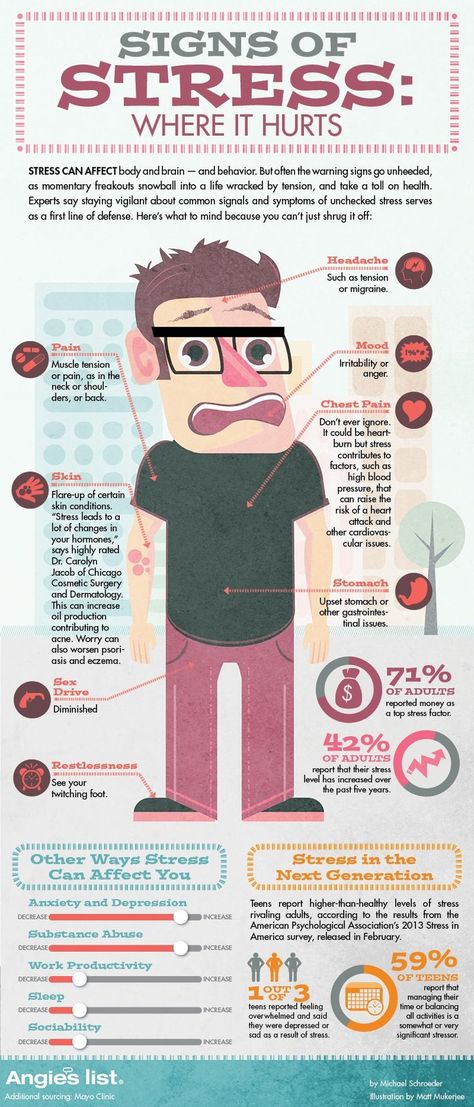
What causes tingling, tingly, pins and needles feelings?
Medical Advisory
Tingling, tingly, pins and needles feelings can be caused by a number of factors including:
- Remaining in the same position (seated or standing) for a long time.
- Injury or pressure on a nerve (for example, a back injury can cause numbness in the legs or feet, and a neck injury can cause numbness in the arms and hands).
- Pressure on the spinal nerves (for example, due to a herniated disk).
- Lack of blood supply to an area (for example, restricted blood flow–we often refer to it as “falling asleep,” or for medical reason such as, plaque buildup from atherosclerosis–this can cause pain, numbness, and tingling).
- Side effects from certain medications.
- A lack of vitamin B12 or other vitamins.
- From radiation therapy.
- Toxic action on the nerves, such as from alcohol, tobacco, or lead.
- Abnormal levels of calcium, potassium, or sodium in the body.

Tingling, tingly, pins and needles feelings can also be caused by other medical conditions, including:
- Carpal tunnel syndrome
- Diabetes
- Migraines
- Multiple sclerosis
- Seizures
- Stroke
- Transient ischemic attack (TIA)
- Underactive thyroid
- Hyperventilation
- Hypoventilation
- Pinched nerve
- Circulation problems
- Reaction to medication
- Allergic reaction
- Tight muscles
- A variety of medical illnesses
- Vitamin B deficiency
Why can anxiety cause the tingling, tingly, pins and needles feeling?
When this symptom is caused by anxiety, there can be many factors that cause the tingly, tingling, pins and needles feeling. Here are the seven most common:
1. Being anxious has activated an active stress response
Being stressed and anxious (worried, apprehensive, fretful, fearful) activate the stress response. The stress response secretes stress hormones into the bloodstream where they travel to targeted spots in the body to bring about specific physiological, psychological, and emotional changes that enhance the body’s ability to deal with a threat—to either fight with or flee from it—which is the reason the stress response is often referred to as the fight or flight response.[1][2][3]
The stress response secretes stress hormones into the bloodstream where they travel to targeted spots in the body to bring about specific physiological, psychological, and emotional changes that enhance the body’s ability to deal with a threat—to either fight with or flee from it—which is the reason the stress response is often referred to as the fight or flight response.[1][2][3]
A part of the stress response changes includes shunting blood away from parts of the body less vital to survival and to parts more vital to survival. This shunting action can cause a tingling, tingly, pins and needles feeling in various parts of the body when a stress response has been activated.
The stress response also heightens our senses and stimulates the body, especially the nervous system. These actions can cause a tingling, tingly, pins and needles, paresthesia sensation and feelings.
2. Stress-response hyperstimulation
When stress responses occur infrequently, the body can recover relatively quickly from the physiological, psychological, and emotional changes the stress response brings about. When stress responses occur too frequently or dramatically, however, such as from overly apprehensive behavior, the body has a more difficult time recovering. This can cause it to remain in a state of semi stress response readiness. We call this state “stress-response hyperstimulation” since stress hormones are stimulants (also often referred to as "hyperarousal").[4][5]
When stress responses occur too frequently or dramatically, however, such as from overly apprehensive behavior, the body has a more difficult time recovering. This can cause it to remain in a state of semi stress response readiness. We call this state “stress-response hyperstimulation” since stress hormones are stimulants (also often referred to as "hyperarousal").[4][5]
A body that becomes hyperstimulated can behave oddly and erratically, which can be particularly noticeable because of how hyperstimulation affects the nervous system.[6]
The nervous system is responsible for sending and receiving sensory information to and from the brain. A main component of the nervous system is specialized cells called neurons (nerve cells), which communicate with each other using an electrochemical process (the combination of electricity and chemistry).[7]
For example, when nerve impulse information is received from one of the body’s senses, neurons relay this nerve impulse information through the nervous system network to the brain for interpretation.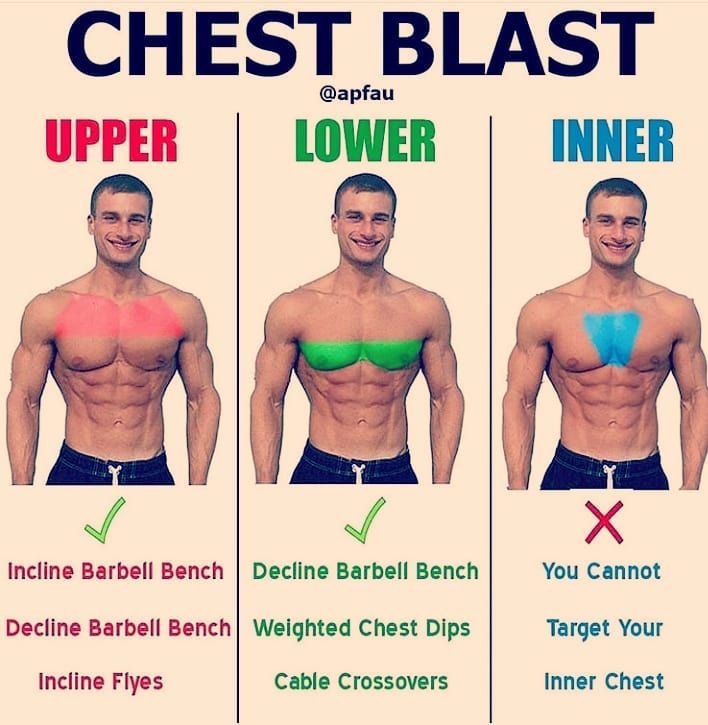 And if we want to move a particular muscle or group of muscles, nerve impulse information is sent from the brain through the nervous system network to the particular muscle or groups of muscles to bring about movement (muscles move through a combination of nerve impulse-triggered muscle contractions and releases). Again, this nerve impulse information is conveyed electrochemically by the neurons through the nervous system network.
And if we want to move a particular muscle or group of muscles, nerve impulse information is sent from the brain through the nervous system network to the particular muscle or groups of muscles to bring about movement (muscles move through a combination of nerve impulse-triggered muscle contractions and releases). Again, this nerve impulse information is conveyed electrochemically by the neurons through the nervous system network.
This system of communication and reaction works normally when the body and nervous system are healthy. Problems can occur, however, when they become stress-response hyperstimulated.
For example, because of their electrochemical properties, neurons are particularly sensitive to stress hormone stimulation. When neurons become overly stimulated, they can act erratically and more involuntarily than normal, which can cause them to “misreport,” “over report,” and send “false” nerve impulse information to and from the brain.[8] These abnormalities can cause a wide range of sensory and physical anomalies, such as experiencing a tingling, tingly, pins and needles, paresthesia feeling.
Moreover, hyperstimulation can cause the electrical activity in the brain to increase,[9] which can cause neurons to become even more unstable, neurons can fire even more erratically and involuntarily when the body, brain, and nervous system become hyperstimulated.[10]
The combination of the above factors can cause a wide range of odd and bizarre behaviors, sensations, and feelings. Experiencing tingling, tingly, pins and needles sensations is an example.
3. Hyper- or hypoventilation
Hyper- or hypoventilation is another cause of tingling in head symptoms.[11] When we breathe too shallowly and don’t take in enough oxygen (hypoventilation), this causes the CO2 levels in the blood to drop, which can cause a tingling, tingly, pins and needles sensation anywhere on or in the body. Some people describe this feeling as an effervescence, prickly, or crawly sensation.
If, on the other hand, you are breathing too aggressively and take in too much oxygen, this can also change the CO2 levels in the blood causing hyperventilation, which can also cause a tingling, tingly, pins and needles sensation anywhere on or in the body, as well.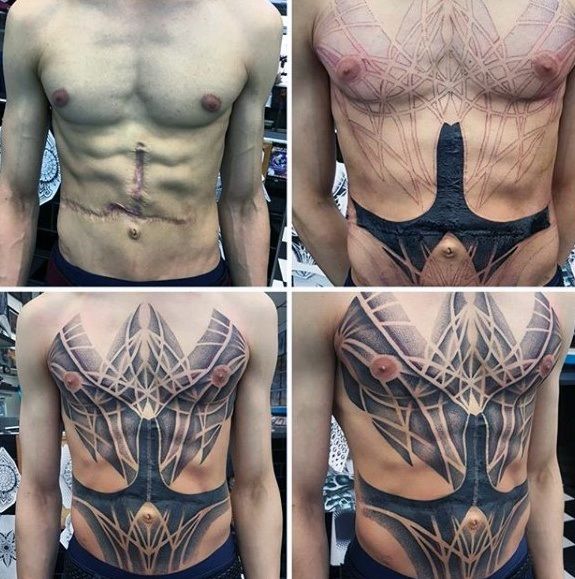
Even though these tingling, tingly, pins and needles symptoms can seem odd and even unsettling, they are harmless and needn’t be a cause for concern. They will subside when you reverse the above causes.
4. Muscle tension
Stress, including the stress caused by stress responses, causes the body’s muscles to tense and tighten.[12] This tension can cause muscle and muscle groups to experience a tingling, tingly, pins and needles feeling.
5. Vitamin B deficiency
Stress taxes the body’s resources harder than normal, which can affect the body’s nutrients, including vitamins. Stress commonly causes a reduction in the body’s vitamin B. Vitamin B deficiency can also cause a tingling, tingly, pins and needles sensation.[13]
6. Circulation problems
Similar to point 4, stress causes the body’s muscles to tense and tighten. As the body’s stress elevates, muscle tension can restrict arteries, which can reduce blood flow (circulation). When blood flow is restricted, we can experience tingling, tingly, pins and needles sensations in the parts of the body that aren’t receiving sufficient blood flow.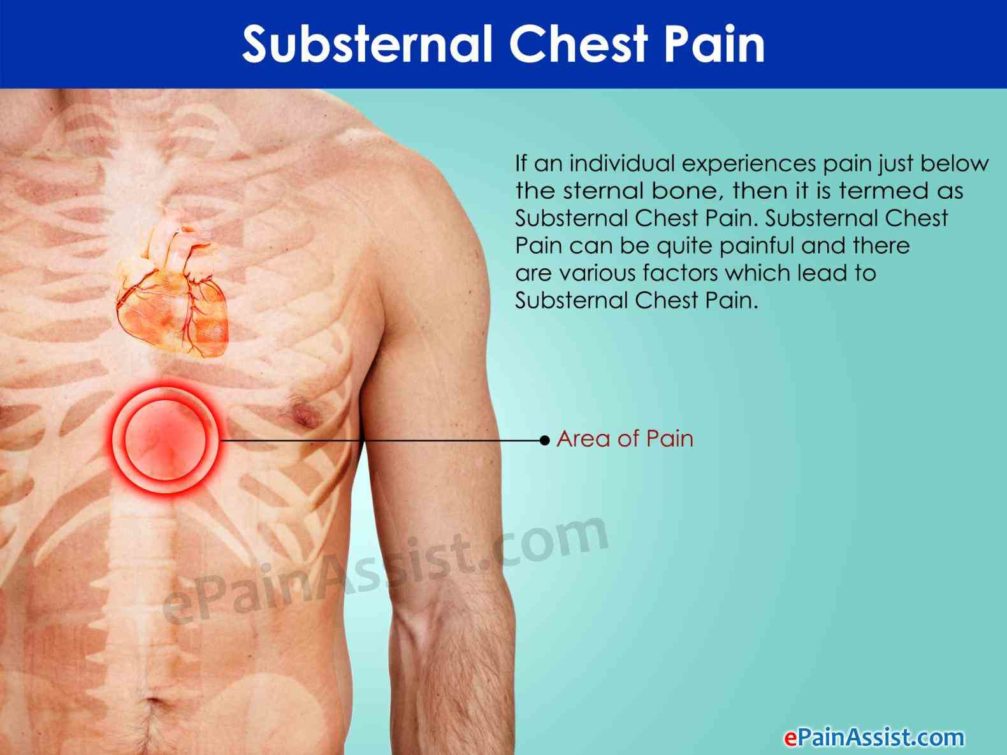
7. Reaction to medication
The adverse effects of medications, including anti-anxiety and antidepressant medications, can cause tingling, tingly, pins and needles sensations.
NOTE: If you are having tingling, tingly, pins and needles, and paresthesia sensations due to medication, contact your doctor as soon as possible.
How to get rid of anxiety caused tingling, tingly, pins and needles anxiety symptoms?
When tingling, tingly, pins and needles anxiety symptoms are caused by apprehensive behavior (anxiety) and the accompanying stress response changes, calming yourself down will bring an end to the stress response and its changes. As your body recovers from the active stress response, this tingling in head feeling should subside and you should return to your normal self. Keep in mind that it can take up to 20 minutes or more for the body to recover from a major stress response. But this is normal and shouldn’t be a cause for concern.
When this feeling is caused by hyperstimulation, it may take a lot longer for the body to recover to where the tingling, tingly, pins and needles, paresthesia symptoms subside.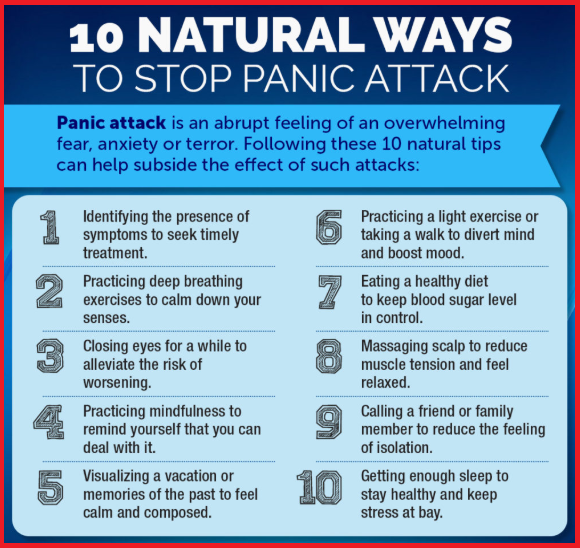 We explain the many complications of recovery from hyperstimulation in Chapters 2, 3, and 14 in the Recovery Support area of our website.
We explain the many complications of recovery from hyperstimulation in Chapters 2, 3, and 14 in the Recovery Support area of our website.
Nevertheless, when the body has recovered from either an active stress response or hyperstimulation, this tingling, tingly sensation will disappear. Therefore, these tingling sensations, feelings, and symptoms needn’t be a cause for concern.
You can speed up the recovery process by reducing your stress, practicing relaxed breathing, increasing your rest, and not worrying about this symptom. Sure, tingling feelings can be unsettling and even bothersome. But again, when your body has recovered from the stress response or chronic stress (hyperstimulation), these tingly symptoms will subside.
When tingling, tingly, pins and needles anxiety symptoms are caused by hyper- or hypoventilation, regulating your breathing to a normal pattern will restore the proper CO2 levels in the blood. Proper CO2 balance will eliminate ventilation caused tingling, tingly, pins and needles symptoms.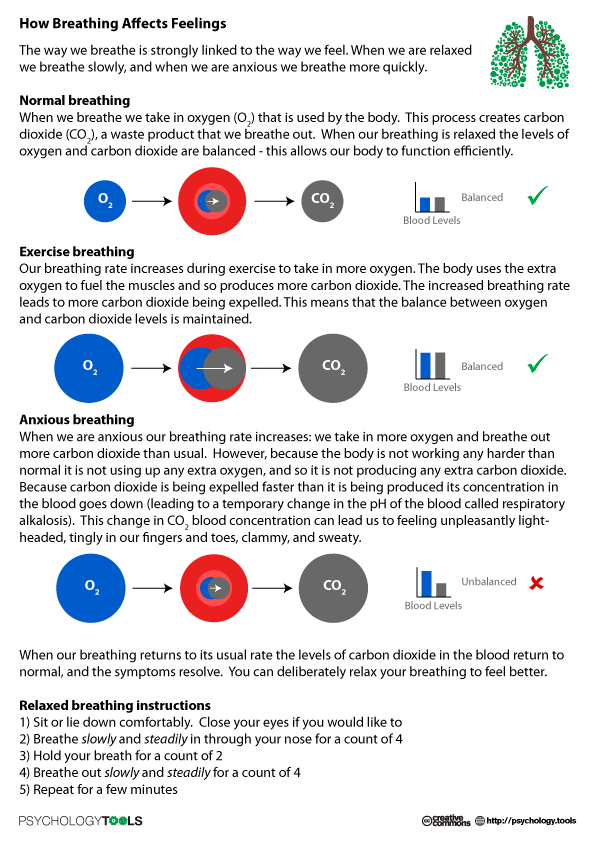
When tingling, tingly, and pins and needles feelings are caused by an adverse reaction to medication, speak with your doctor and pharmacist about reducing, switching, or discontinuing the medication.
When the tingling, tingly, pins and needles feelings are caused by chronic stress, such as from overly apprehensive behavior, there are typically NO quick-fix cures for this symptom. Eliminating it requires regularly practicing the strategies mentioned above and for long enough for the body to recover. But as with all sensations and symptoms of stress (including the stress caused by overly anxious behavior), they completely disappear when the body’s stress is returned to a normal level and the body has sufficient time to recover. So again, anxiety- and stress-caused tingling, tingly, pins and needles, and paresthesia sensations needn’t be a cause for concern. They are merely indications of an active stress response or hyperstimulation (chronic stress).
If you are having a difficult time managing your anxiety and worry, you might want to consider connecting with one of our recommended anxiety disorder therapists.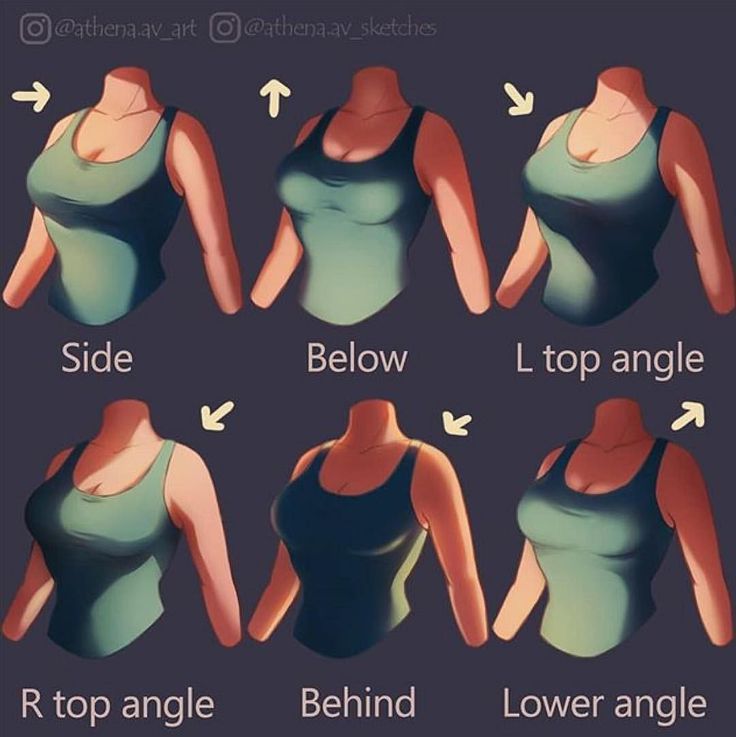 All of them have personally experienced and have successfully overcome anxiety disorder. Their personal experience with anxiety disorder coupled with their professional training has equipped them to help all anxiety disorder sufferers, no matter the symptom mix, severity, or how long the person has struggled with anxiety disorder.
All of them have personally experienced and have successfully overcome anxiety disorder. Their personal experience with anxiety disorder coupled with their professional training has equipped them to help all anxiety disorder sufferers, no matter the symptom mix, severity, or how long the person has struggled with anxiety disorder.
Working with an experienced anxiety disorder therapist is the most effective way to overcome anxiety disorder.[14][15][16]
Is It a Panic Attack or Heart Attack?
CS-Blog Cedars-Sinai Blog
Oct 31, 2018 Cedars-Sinai Staff
Panic attacks and heart attacks share symptoms, but have different treatments.
You suddenly feel chest pain, shortness of breath, and a tingling sensation running through your body.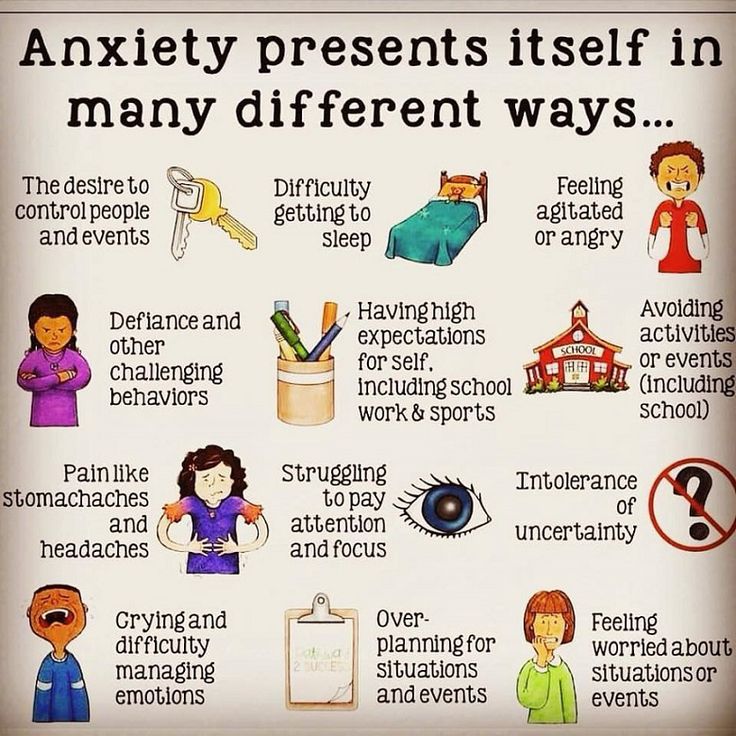
Is it a heart attack? Or a panic attack?
The two can feel very similar.
There is great crossover between the symptoms of panic attack and heart attack, making it very challenging to discern between the two without a physician assessment and testing.
Click To Tweet
To help us differentiate between a heart attack and a panic attack—and know how best to handle both—we talked to Dr. Sam Torbati, co-chair and medical director of the Ruth and Harry Roman Emergency Department.
What are some of the symptoms of a panic attack that also occur during a heart attack?
Dr. Torbati: Unfortunately, there is great crossover between the symptoms of panic attack and heart attack, making it very challenging to discern between the two without a physician assessment and testing, such as an EKG.
Common symptoms that may affect patients with either a panic or heart attack include chest pain, shortness of breath, dizziness, sweating, passing out, tingling, or a sensation of impending doom.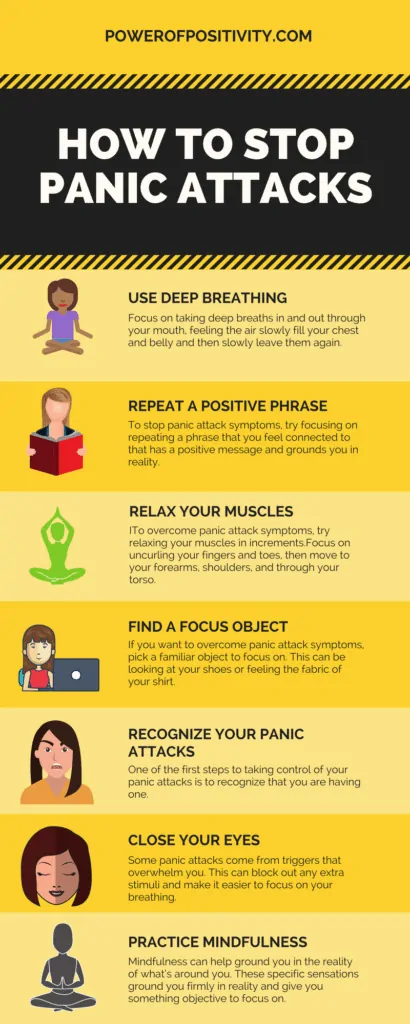
These shared symptoms of heart and panic attack may also be caused by other serious conditions such as blood clots, lung infection or collapse, or tear in the large vessels of the chest for patients with certain pre-existing risk factors. So when in doubt, seek immediate medical attention.
Read: Heart Attack, Cardiac Arrest, Heart Failure—What’s the Difference?
What are some symptoms that occur during a panic attack that DO NOT suggest someone is having a heart attack?
The best predictor as to whether symptoms are due to panic versus heart attack is the patient's age and previous history of panic attacks.
Click To Tweet
How do you recommend people handle panic attacks? Go to the emergency room? Urgent care? Rest at home?
Read: Common Heart Attack Symptoms Women May Not Recognize
When should people go immediately to the emergency room? What are these symptoms?
Heart attacks tend to occur in middle-aged people and older age groups, so the older the person is, the lower a threshold they should have for coming to the ER right away.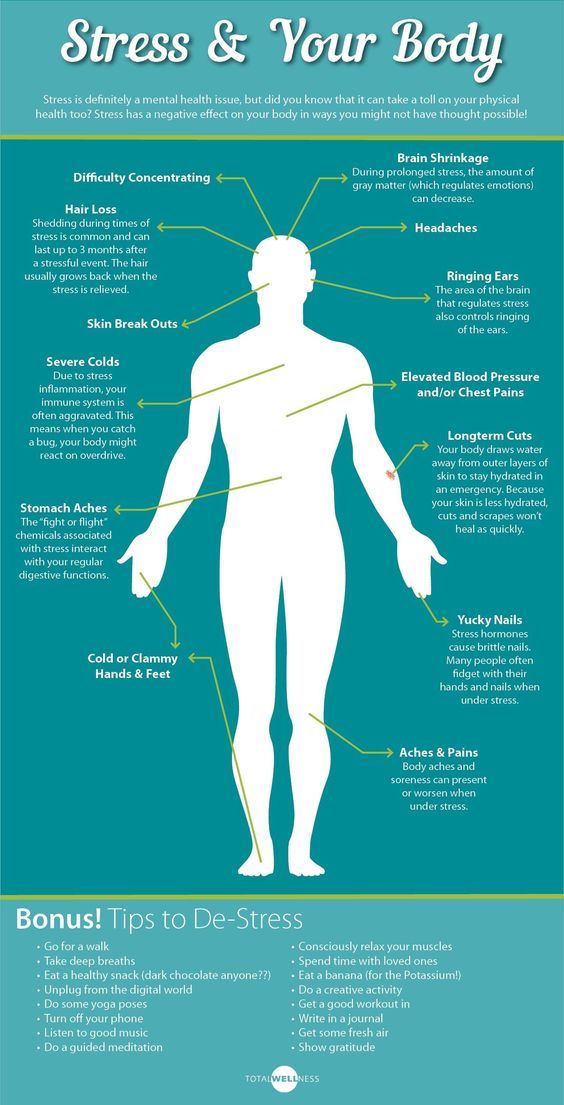
Click To Tweet
Read: Living With Heart Failure
Stinging in the chest - causes, diagnosis and treatment
Why stabs in the chest
Cardioneurosis
Stinging in the left half of the chest, especially in the projection of the heart, is most often found in neuroses. Discomfort in the chest is provoked by mental fatigue, stress, and is occasionally noted during physical exertion. Patients tend to talk in detail about their condition: they pick up a lot of words to describe the pain (pricks, aching, squeezing). Simultaneously with the tingling, there is a sinking heart, chills or hot flashes.
As a rule, a person takes the symptoms of cardioneurosis for signs of severe cardiac disease. There is increased anxiety, fear of death, which aggravate the course of the disease. Stitching sensations disturb the patient several times a day, last no more than 1 hour, have a mild or moderate intensity.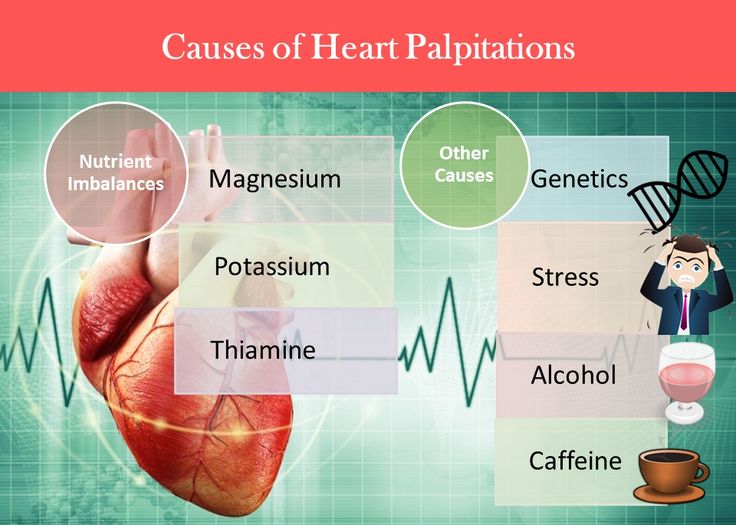 The tingling attacks may disappear as suddenly as they begin.
The tingling attacks may disappear as suddenly as they begin.
Somatized depression
For mental disorders, tingling, cardialgia with a pinching feeling in the chest ("precordial depression") are pathognomonic. Symptoms often appear in the morning, immediately after waking up, but as the depression progresses, the daily periodicity is lost. The tingling is complemented by autonomic changes: hyperhidrosis, bradycardia or tachycardia. Psycho-emotional state is characterized by irritability, fatigue, apathy.
Cardiovascular diseases
Tingling on the left side of the chest is observed in organic and functional cardiac diseases. Usually it is the first symptom of pathology. The intensity of sensations varies depending on the cause. With an organic lesion, there are strong “backaches” that force a person to freeze and put a hand to the precordial region. Typical cardiac tingling factors in the chest:
- Arrhythmias.
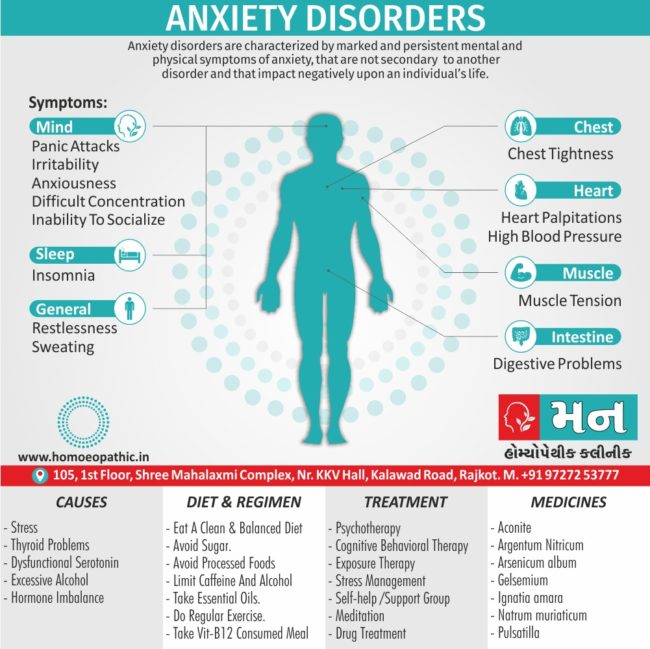 Rhythm interruptions are manifested by slight and short-term stabbing sensations, which are clearly localized in the chest. Against their background, the patient experiences fading or, conversely, too fast heartbeat. Symptoms do not have clear provoking factors, can appear at any time of the day.
Rhythm interruptions are manifested by slight and short-term stabbing sensations, which are clearly localized in the chest. Against their background, the patient experiences fading or, conversely, too fast heartbeat. Symptoms do not have clear provoking factors, can appear at any time of the day. - Ischemic heart disease. IHD is characterized by intense stabbing pains that are felt behind the sternum or in the entire left half of the chest, radiate to the shoulder blade and arm. The attack lasts 5-10 minutes, quickly stopped by taking nitrates. If the symptoms are replaced by excruciating burning or pressing pain, there is a risk of unstable angina, turning into a myocardial infarction.
- Inflammatory processes. Tingling in the chest of moderate strength, not having a clear localization, typical of myocarditis, endocarditis, pericarditis. It is possible that the symptom is related to a bacterial or viral infection that was transferred a couple of weeks ago.
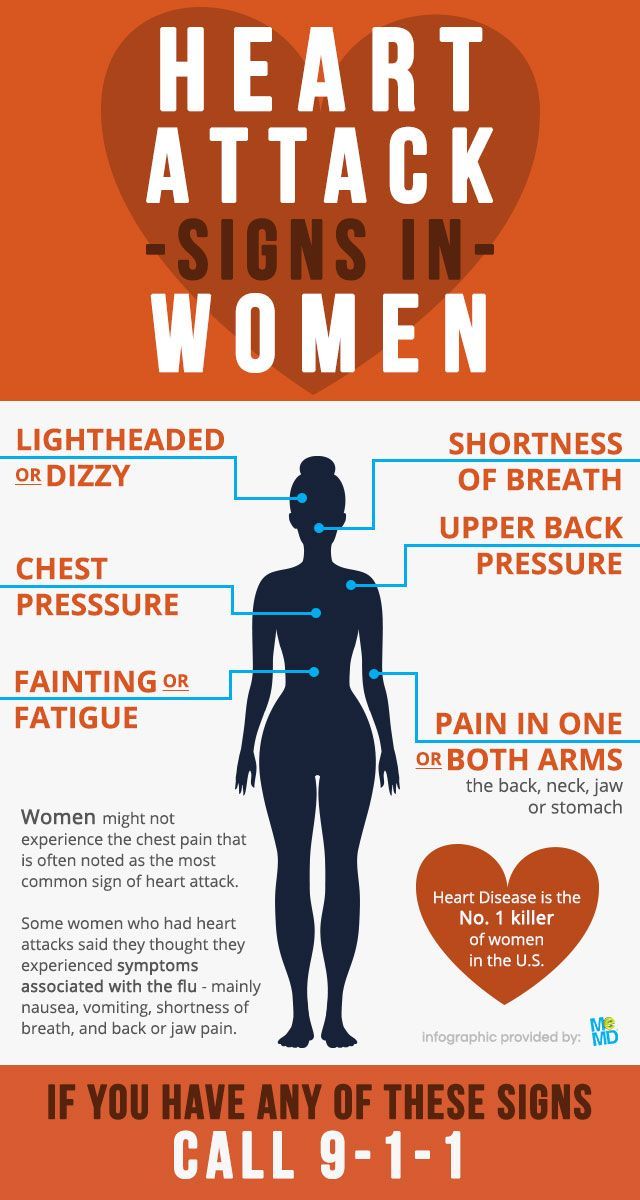 Patients also complain of shortness of breath, fatigue, fever.
Patients also complain of shortness of breath, fatigue, fever. - Cardiomyopathy. Non-inflammatory myocardial injuries are characterized by a long, asymptomatic course. A person occasionally notices tingling in the precordial region, shortness of breath during physical exertion, interruptions in the work of the heart. Stitching sensations do not radiate, are mild or moderate.
- Heart defects. Tingling in the chest occurs in pathologies with unchanged or partially altered blood circulation, which is not critical for the condition. In addition, shortness of breath, attacks of tachycardia or heart failure, cyanosis of the nasolabial triangle and fingertips are noted.
Stinging in the chest
Anemia
A stabbing sensation in the left chest is one of the components of an anemic syndrome caused by a lack of hemoglobin and insufficient saturation of tissues with oxygen. Discomfort is most pronounced during physical activity, and with moderate and severe anemia, it also occurs at rest.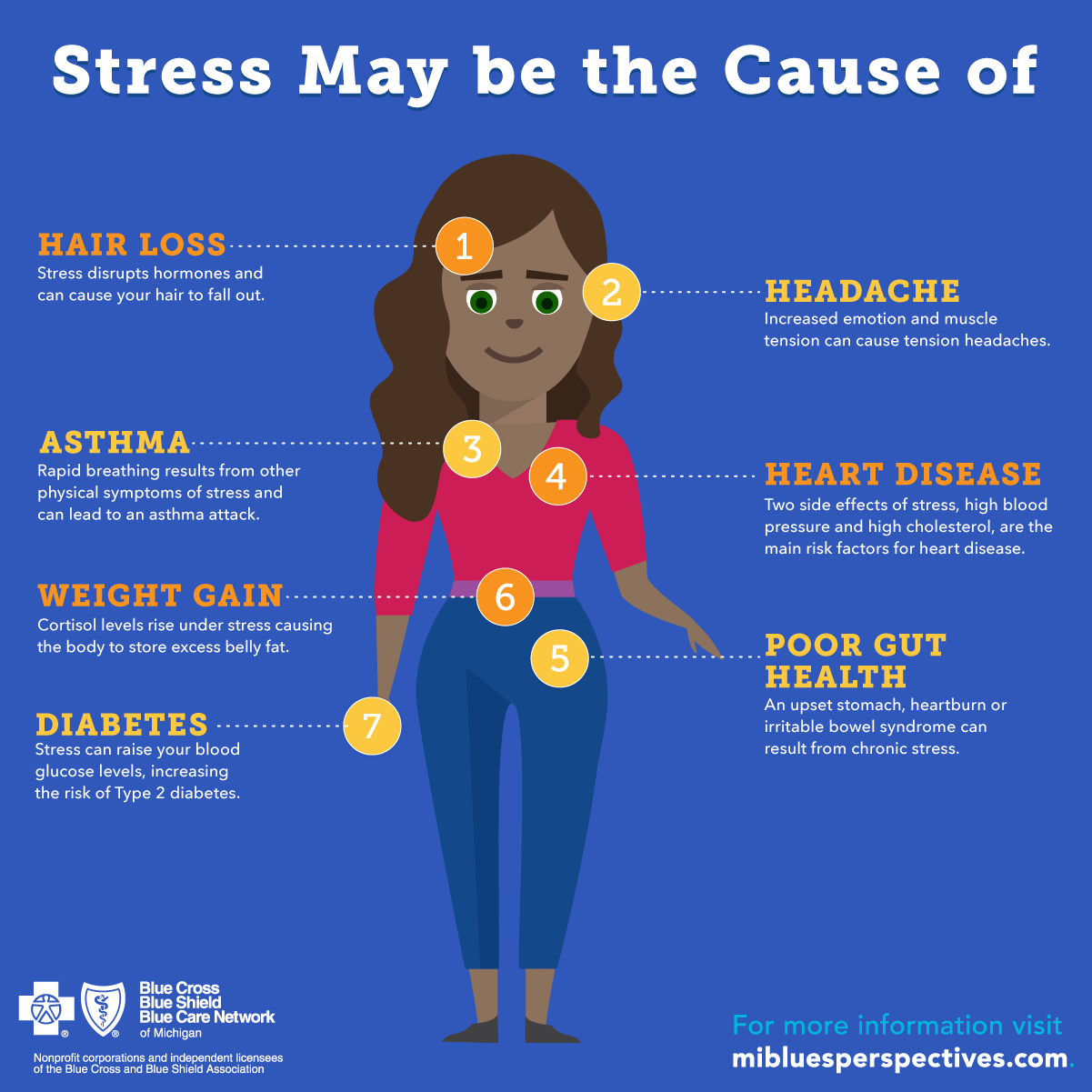 In addition to tingling, there is pallor of the skin, frequent bouts of dizziness and tinnitus, fatigue.
In addition to tingling, there is pallor of the skin, frequent bouts of dizziness and tinnitus, fatigue.
Respiratory diseases
Strong stabbing sensations are typical for pleural pains that develop against the background of dry pleurisy, pneumothorax, carcinomatosis. The tingling is unilateral, sometimes radiating to the interscapular region. The pain is aggravated by coughing, laughing. Therefore, the patient lies on his side on the affected side, trying not to move longer. The symptom is accompanied by shortness of breath, lagging behind half of the chest in breathing.
Tuberculosis
In the presence of a primary tuberculosis complex, involvement of the intrathoracic lymph nodes, patients feel a slight tingling on the side of the active process or in the center of the chest. The symptom is complemented by night sweats, cough with scanty sputum. When tuberculosis is complicated by pleurisy, sharp stabbing pains occur on one side of the chest. Soreness increases with a deep breath, torso tilts in the opposite direction.
Soreness increases with a deep breath, torso tilts in the opposite direction.
Intercostal neuralgia
When the intercostal nerves are affected, a person experiences a sharp tingling and shooting pain, which are localized in one place of the chest or spread along the ribs. Stitching sensations sharply increase when feeling the intercostal spaces, with deep breaths and turns of the torso. The attack lasts a couple of minutes, at which time the patient freezes and tries not to breathe for fear of aggravating the pain.
The clinical picture of intercostal neuralgia is complemented by paresthesias ("crawling") and numbness on the affected side of the chest. Rarely observed hyperemia of the skin, local hyperhidrosis. Attacks of tingling, arising on the left side of the chest, resemble cardiac pains. Middle-aged and elderly patients often try to relieve discomfort with nitroglycerin, but it does not give any effect.
Fibromyalgia
This disease is characterized by tingling of varying intensity throughout the chest. Soreness is also felt in the abdomen, arms and legs - patients complain that "it hurts everywhere." Symptoms appear for no apparent reason, lasting several weeks or even months. On the skin of the chest, a feeling of "crawling", numbness, burning sensation is possible. With fibromyalgia, pain is complemented by fatigue and malaise, insomnia, and depression.
Soreness is also felt in the abdomen, arms and legs - patients complain that "it hurts everywhere." Symptoms appear for no apparent reason, lasting several weeks or even months. On the skin of the chest, a feeling of "crawling", numbness, burning sensation is possible. With fibromyalgia, pain is complemented by fatigue and malaise, insomnia, and depression.
Inflammatory diseases of the ribs
Tingling may be one of the manifestations of Tietze's syndrome. Stitching sensations occur near the sternum, often on one side. They start suddenly, become stronger with awkward movements, coughing and sneezing. Symptoms persist for several years with alternating periods of exacerbations and remissions. Tingling in the chest also occurs with aseptic periostitis, osteomyelitis of the ribs.
Pathologies of the gastrointestinal tract
In case of lesions of organs located in the upper abdomen, tingling in the lower, less often in the middle parts of the chest, is often disturbed, which is due to the peculiarities of innervation. Stitching sensations in the middle of the chest, above the epigastrium, are characteristic of hyperacid gastritis, gastric ulcer. With cholecystitis, hepatitis, tingling is observed in the chest on the right. There is a clear connection of discomfort with food intake, errors in the diet.
Stitching sensations in the middle of the chest, above the epigastrium, are characteristic of hyperacid gastritis, gastric ulcer. With cholecystitis, hepatitis, tingling is observed in the chest on the right. There is a clear connection of discomfort with food intake, errors in the diet.
Diseases of the mammary glands
With mastopathy, a woman complains of soreness and tingling in one or both mammary glands. Unpleasant sensations intensify before menstruation, during this period the breast becomes very sensitive. Sometimes the stabbing pain has a clear localization, which is typical for the focal form of the disease. Similar symptoms occur with a cyst, fibroadenoma of the mammary gland.
Diagnosis
Prickling in the chest has dozens of etiological factors, so a detailed examination is necessary to clarify them. Several specialists are involved in the diagnostic search: a neurologist, a cardiologist, a therapist, etc. To determine the cause of stabbing pains in various parts of the chest, a set of laboratory and instrumental methods is selected, which includes:
- Electrocardiography.
ECG is used to diagnose rhythm disturbances: extrasystoles, blockades. The cardiogram also shows signs of coronary artery disease, myocarditis, hypertrophic cardiomyopathy. To assess the functional class of angina pectoris, specialists in the field of cardiology prescribe a stress test (ECG with a dosed load).
- Ultrasound. If the electrocardiogram shows abnormalities, an echocardiogram is performed. Ultrasound of the pleural cavity is informative for the detection of pleurisy. With unclear tingling in the lower chest, sonography of the abdominal organs is performed to identify an inflammatory process or signs of an ulcer. Ultrasound screening is the first stage in the diagnosis of breast diseases.
- X-ray methods . Chest X-ray is a standard method that visualizes pathological changes in the lung parenchyma, pathognomonic changes in the configuration of the heart. If joint damage is suspected, an x-ray of the ribs is shown. To clarify the diagnosis, CT or MRI of the chest is done.
- Blood tests. In the hemogram, anemia, non-specific signs of inflammation can be detected. A biochemical blood test helps to diagnose coronary diseases (by a specific change in the lipid spectrum). With strong stabbing sensations in the region of the heart, it is advisable to investigate myocardial markers.
Considering that CNS disturbances are a common cause of chest tingling, the patient is advised to have a complete neurological examination with a check of vegetative status. In rare cases, electrophysiological methods are prescribed: EEG, electroneuromyography (ENMG). According to indications, a psychiatrist is connected to the diagnostic search, who can identify signs of masked depression.
Physician's consultation for chest pain
Treatment
Help before diagnosis
To eliminate tingling in the chest, you need to know its cause. Only non-drug methods can be used independently. A stabbing sensation of discomfort in the chest is often provoked by stress, overwork, so a person should avoid these factors as much as possible. Physical activity is needed, but they need to be dosed so as not to stretch the muscles and cause pain. Stitching pains in the chest - a reason to go to the doctor.
Conservative therapy
The tingling in the chest is predominantly mild to moderate in intensity and therefore does not require analgesics. With painful symptoms, painkillers are used to temporarily alleviate the condition. The basis of treatment is etiotropic therapy, which eliminates the cause of tingling. Drugs are selected based on the type of pathology. The following drugs are used:
- Anti-inflammatory drugs . Essential for a wide range of conditions, from myocarditis and pericarditis to costal cartilage inflammation. Representatives of the group of non-steroidal anti-inflammatory drugs have an additional analgesic effect, quickly relieve unpleasant symptoms.
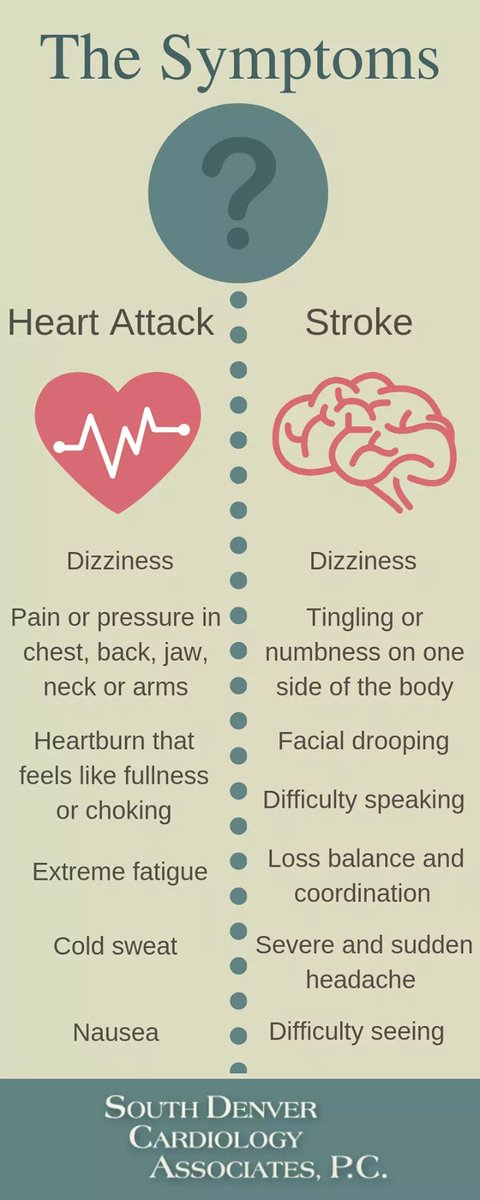 In serious illnesses, therapy is enhanced with corticosteroids.
In serious illnesses, therapy is enhanced with corticosteroids. - Medicines affecting the central nervous system . Recommended for cardioneurosis, depression, intercostal neuralgia. Treatment begins with mild sedatives, which, if necessary, are supplemented with antidepressants, tranquilizers.
- Antiarrhythmics . They normalize the heart rhythm, so the tingling in the chest, the feeling of a sinking heart disappear. Cardiologists select medicines of several classes, taking into account the type of arrhythmia and its severity, the presence or absence of other lesions of the cardiovascular system.
- Antibiotics . Used for bronchopulmonary diseases that are caused by infections. For the treatment of confirmed tuberculosis, special antibiotics are needed, taken for long courses. The inclusion of antimicrobial agents in the treatment regimen is justified for rheumatic heart disease, acute cholecystitis, gastritis provoked by H.
 pylori.
pylori. - Iron preparations . They are prescribed for anemia to increase the level of hemoglobin, eliminate symptoms (stabbing sensations in the chest, dizziness, weakness). With low levels of red blood, blood transfusions are indicated, which quickly normalize well-being.
As an addition to pharmacological treatment, physiotherapy methods are effective, which successfully relieve discomfort. With stabbing pains, hydrotherapy, laser therapy, magnetotherapy are used. Methods of cognitive-behavioral psychotherapy help to eliminate the emotional and neurological causes of tingling in the chest. Biofeedback therapy is useful to enhance stress resistance.
Surgical treatment
With congenital and acquired heart defects, the help of a cardiac surgeon is needed to correct anatomical anomalies and improve the prognosis for the patient. With pleurisy, a puncture is performed to evacuate exudate and locally administer antibacterial drugs.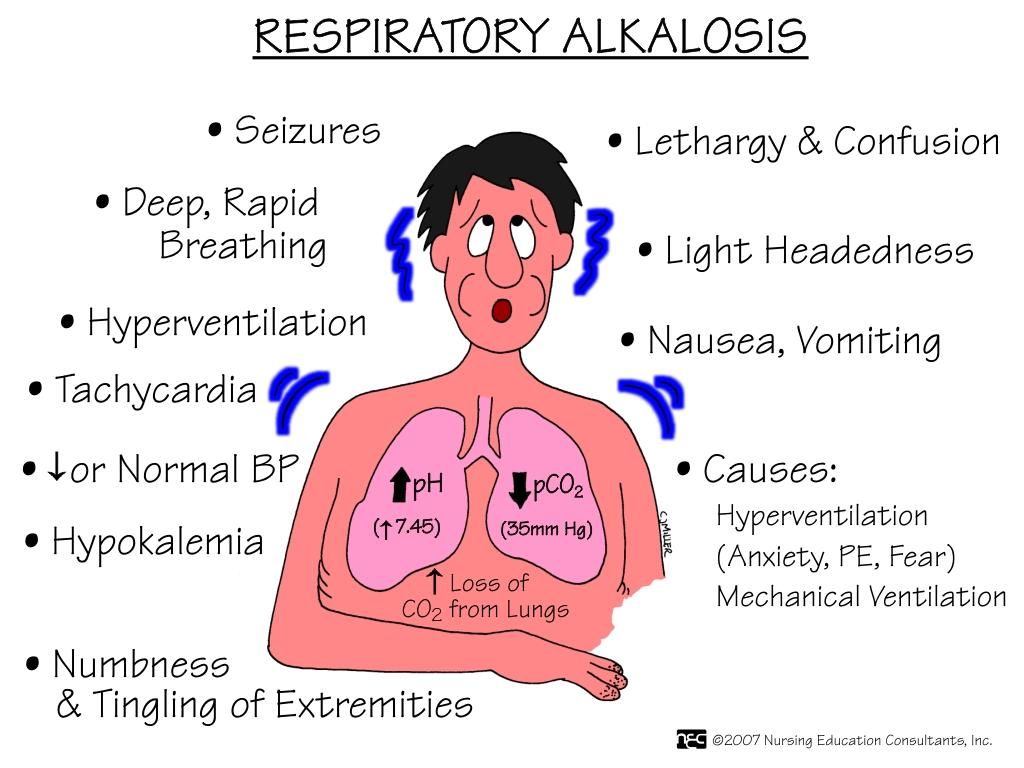 Some forms of benign breast neoplasia, which have a high risk of malignancy, must be removed.
Some forms of benign breast neoplasia, which have a high risk of malignancy, must be removed.
Stinging in the chest - causes, diagnosis and treatment
Why stabs in the chest
Cardioneurosis
Stinging in the left half of the chest, especially in the projection of the heart, is most often found in neuroses. Discomfort in the chest is provoked by mental fatigue, stress, and is occasionally noted during physical exertion. Patients tend to talk in detail about their condition: they pick up a lot of words to describe the pain (pricks, aching, squeezing). Simultaneously with the tingling, there is a sinking heart, chills or hot flashes.
As a rule, a person takes the symptoms of cardioneurosis for signs of severe cardiac disease. There is increased anxiety, fear of death, which aggravate the course of the disease. Stitching sensations disturb the patient several times a day, last no more than 1 hour, have a mild or moderate intensity.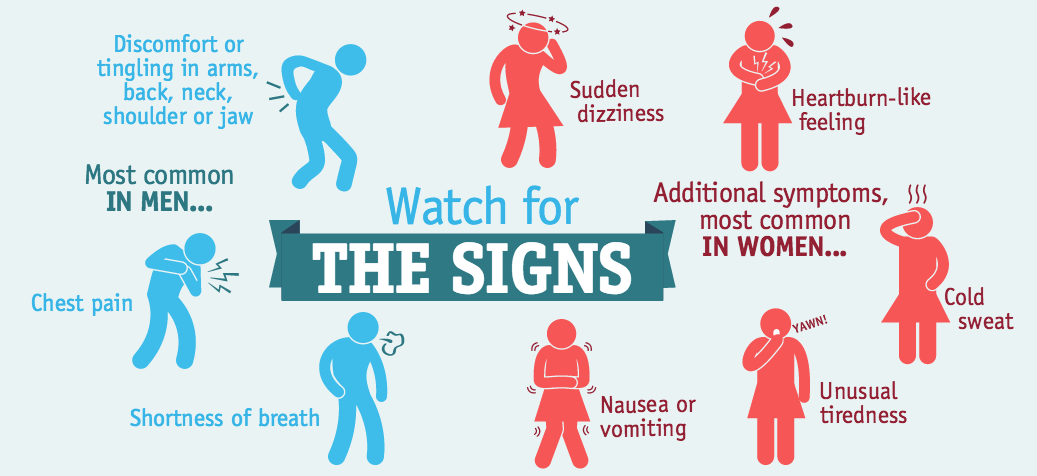 The tingling attacks may disappear as suddenly as they begin.
The tingling attacks may disappear as suddenly as they begin.
Somatized depression
For mental disorders, tingling, cardialgia with a pinching feeling in the chest ("precordial depression") are pathognomonic. Symptoms often appear in the morning, immediately after waking up, but as the depression progresses, the daily periodicity is lost. The tingling is complemented by autonomic changes: hyperhidrosis, bradycardia or tachycardia. Psycho-emotional state is characterized by irritability, fatigue, apathy.
Cardiovascular diseases
Tingling on the left side of the chest is observed in organic and functional cardiac diseases. Usually it is the first symptom of pathology. The intensity of sensations varies depending on the cause. With an organic lesion, there are strong “backaches” that force a person to freeze and put a hand to the precordial region. Typical cardiac tingling factors in the chest:
- Arrhythmias.
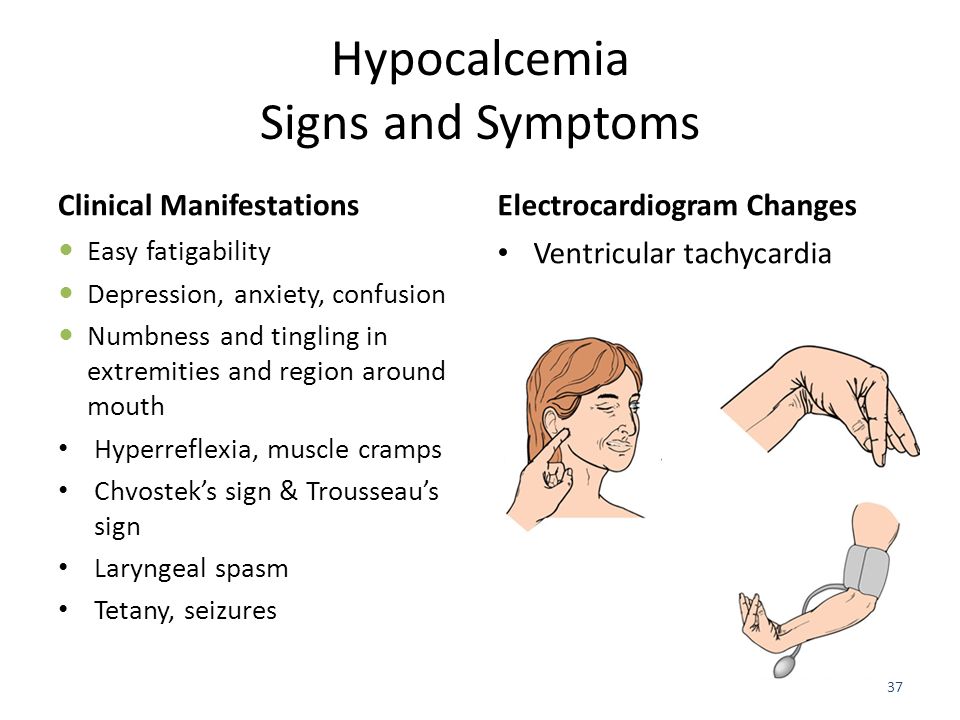 Rhythm interruptions are manifested by slight and short-term stabbing sensations, which are clearly localized in the chest. Against their background, the patient experiences fading or, conversely, too fast heartbeat. Symptoms do not have clear provoking factors, can appear at any time of the day.
Rhythm interruptions are manifested by slight and short-term stabbing sensations, which are clearly localized in the chest. Against their background, the patient experiences fading or, conversely, too fast heartbeat. Symptoms do not have clear provoking factors, can appear at any time of the day. - Ischemic heart disease. IHD is characterized by intense stabbing pains that are felt behind the sternum or in the entire left half of the chest, radiate to the shoulder blade and arm. The attack lasts 5-10 minutes, quickly stopped by taking nitrates. If the symptoms are replaced by excruciating burning or pressing pain, there is a risk of unstable angina, turning into a myocardial infarction.
- Inflammatory processes. Tingling in the chest of moderate strength, not having a clear localization, typical of myocarditis, endocarditis, pericarditis. It is possible that the symptom is related to a bacterial or viral infection that was transferred a couple of weeks ago.
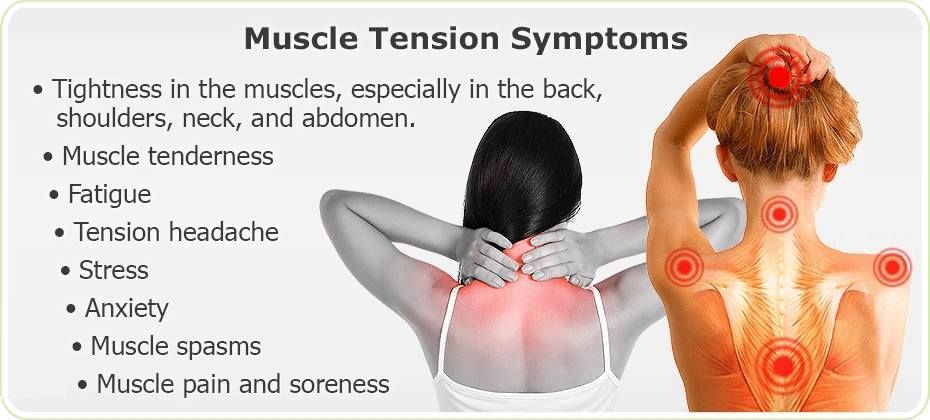 Patients also complain of shortness of breath, fatigue, fever.
Patients also complain of shortness of breath, fatigue, fever. - Cardiomyopathy. Non-inflammatory myocardial injuries are characterized by a long, asymptomatic course. A person occasionally notices tingling in the precordial region, shortness of breath during physical exertion, interruptions in the work of the heart. Stitching sensations do not radiate, are mild or moderate.
- Heart defects. Tingling in the chest occurs in pathologies with unchanged or partially altered blood circulation, which is not critical for the condition. In addition, shortness of breath, attacks of tachycardia or heart failure, cyanosis of the nasolabial triangle and fingertips are noted.
Stinging in the chest
Anemia
A stabbing sensation in the left chest is one of the components of an anemic syndrome caused by a lack of hemoglobin and insufficient saturation of tissues with oxygen. Discomfort is most pronounced during physical activity, and with moderate and severe anemia, it also occurs at rest.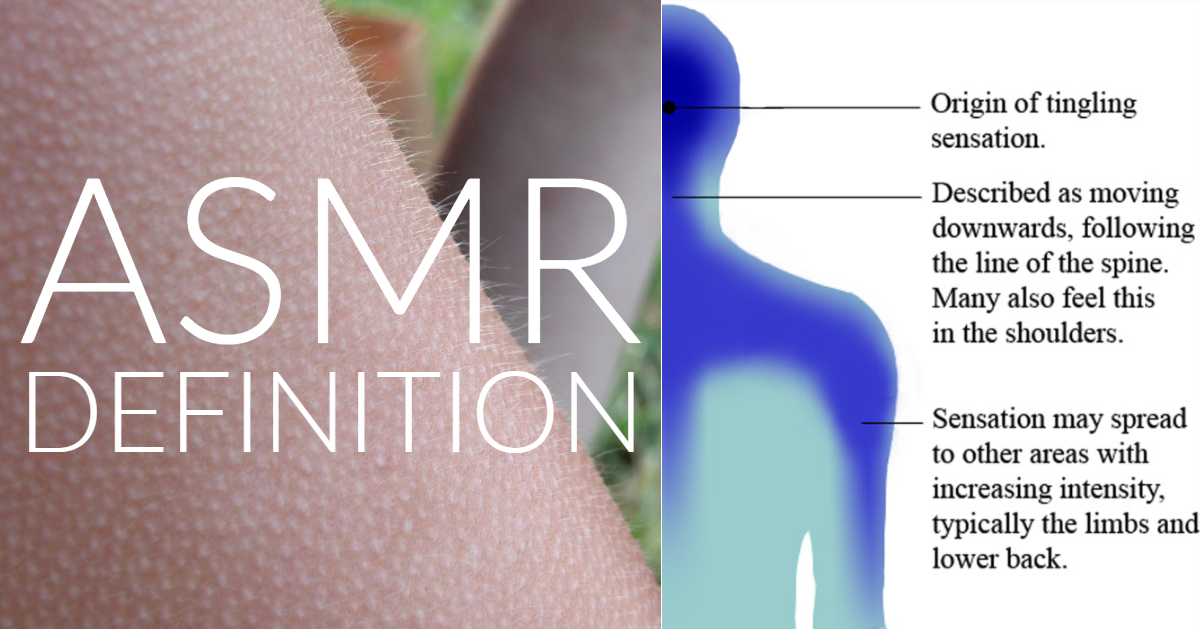 In addition to tingling, there is pallor of the skin, frequent bouts of dizziness and tinnitus, fatigue.
In addition to tingling, there is pallor of the skin, frequent bouts of dizziness and tinnitus, fatigue.
Respiratory diseases
Strong stabbing sensations are typical for pleural pains that develop against the background of dry pleurisy, pneumothorax, carcinomatosis. The tingling is unilateral, sometimes radiating to the interscapular region. The pain is aggravated by coughing, laughing. Therefore, the patient lies on his side on the affected side, trying not to move longer. The symptom is accompanied by shortness of breath, lagging behind half of the chest in breathing.
Tuberculosis
In the presence of a primary tuberculosis complex, involvement of the intrathoracic lymph nodes, patients feel a slight tingling on the side of the active process or in the center of the chest. The symptom is complemented by night sweats, cough with scanty sputum. When tuberculosis is complicated by pleurisy, sharp stabbing pains occur on one side of the chest.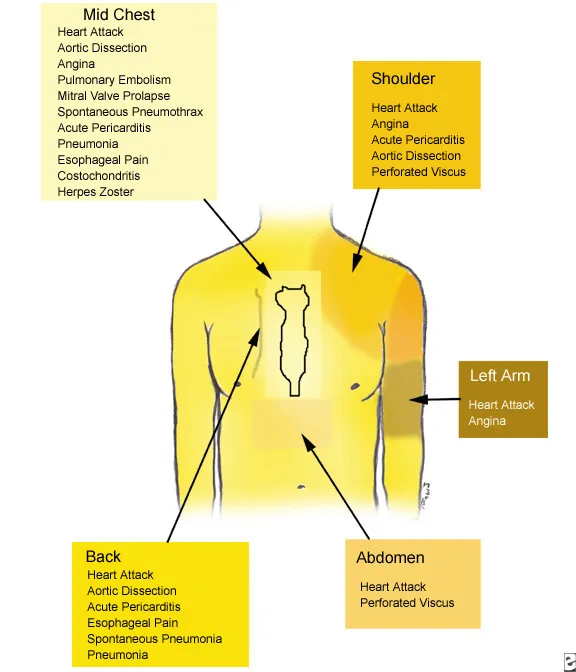 Soreness increases with a deep breath, torso tilts in the opposite direction.
Soreness increases with a deep breath, torso tilts in the opposite direction.
Intercostal neuralgia
When the intercostal nerves are affected, a person experiences a sharp tingling and shooting pain, which are localized in one place of the chest or spread along the ribs. Stitching sensations sharply increase when feeling the intercostal spaces, with deep breaths and turns of the torso. The attack lasts a couple of minutes, at which time the patient freezes and tries not to breathe for fear of aggravating the pain.
The clinical picture of intercostal neuralgia is complemented by paresthesias ("crawling") and numbness on the affected side of the chest. Rarely observed hyperemia of the skin, local hyperhidrosis. Attacks of tingling, arising on the left side of the chest, resemble cardiac pains. Middle-aged and elderly patients often try to relieve discomfort with nitroglycerin, but it does not give any effect.
Fibromyalgia
This disease is characterized by tingling of varying intensity throughout the chest.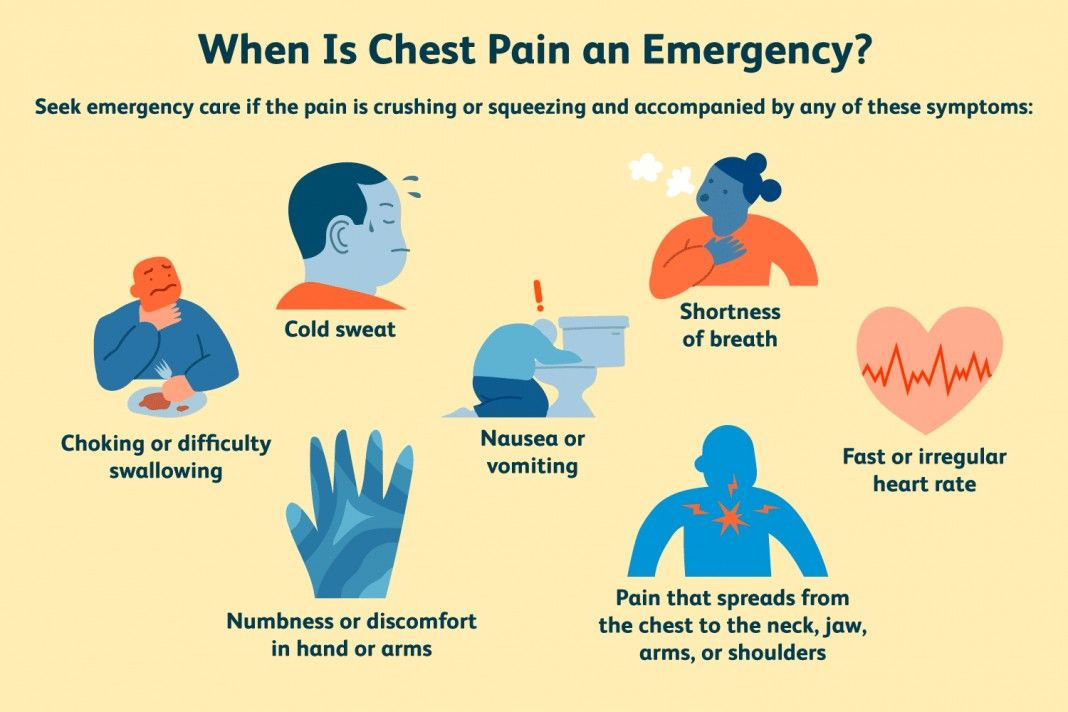 Soreness is also felt in the abdomen, arms and legs - patients complain that "it hurts everywhere." Symptoms appear for no apparent reason, lasting several weeks or even months. On the skin of the chest, a feeling of "crawling", numbness, burning sensation is possible. With fibromyalgia, pain is complemented by fatigue and malaise, insomnia, and depression.
Soreness is also felt in the abdomen, arms and legs - patients complain that "it hurts everywhere." Symptoms appear for no apparent reason, lasting several weeks or even months. On the skin of the chest, a feeling of "crawling", numbness, burning sensation is possible. With fibromyalgia, pain is complemented by fatigue and malaise, insomnia, and depression.
Inflammatory diseases of the ribs
Tingling may be one of the manifestations of Tietze's syndrome. Stitching sensations occur near the sternum, often on one side. They start suddenly, become stronger with awkward movements, coughing and sneezing. Symptoms persist for several years with alternating periods of exacerbations and remissions. Tingling in the chest also occurs with aseptic periostitis, osteomyelitis of the ribs.
Pathologies of the gastrointestinal tract
In case of lesions of organs located in the upper abdomen, tingling in the lower, less often in the middle parts of the chest, is often disturbed, which is due to the peculiarities of innervation. Stitching sensations in the middle of the chest, above the epigastrium, are characteristic of hyperacid gastritis, gastric ulcer. With cholecystitis, hepatitis, tingling is observed in the chest on the right. There is a clear connection of discomfort with food intake, errors in the diet.
Stitching sensations in the middle of the chest, above the epigastrium, are characteristic of hyperacid gastritis, gastric ulcer. With cholecystitis, hepatitis, tingling is observed in the chest on the right. There is a clear connection of discomfort with food intake, errors in the diet.
Diseases of the mammary glands
With mastopathy, a woman complains of soreness and tingling in one or both mammary glands. Unpleasant sensations intensify before menstruation, during this period the breast becomes very sensitive. Sometimes the stabbing pain has a clear localization, which is typical for the focal form of the disease. Similar symptoms occur with a cyst, fibroadenoma of the mammary gland.
Diagnosis
Prickling in the chest has dozens of etiological factors, so a detailed examination is necessary to clarify them. Several specialists are involved in the diagnostic search: a neurologist, a cardiologist, a therapist, etc. To determine the cause of stabbing pains in various parts of the chest, a set of laboratory and instrumental methods is selected, which includes:
- Electrocardiography.
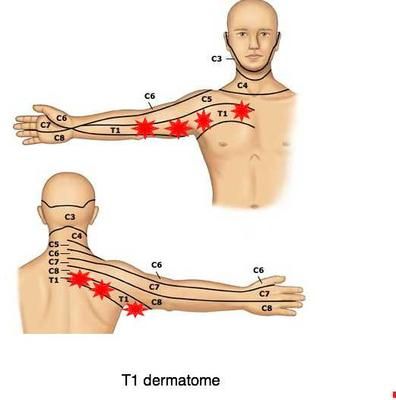 ECG is used to diagnose rhythm disturbances: extrasystoles, blockades. The cardiogram also shows signs of coronary artery disease, myocarditis, hypertrophic cardiomyopathy. To assess the functional class of angina pectoris, specialists in the field of cardiology prescribe a stress test (ECG with a dosed load).
ECG is used to diagnose rhythm disturbances: extrasystoles, blockades. The cardiogram also shows signs of coronary artery disease, myocarditis, hypertrophic cardiomyopathy. To assess the functional class of angina pectoris, specialists in the field of cardiology prescribe a stress test (ECG with a dosed load). - Ultrasound. If the electrocardiogram shows abnormalities, an echocardiogram is performed. Ultrasound of the pleural cavity is informative for the detection of pleurisy. With unclear tingling in the lower chest, sonography of the abdominal organs is performed to identify an inflammatory process or signs of an ulcer. Ultrasound screening is the first stage in the diagnosis of breast diseases.
- X-ray methods . Chest X-ray is a standard method that visualizes pathological changes in the lung parenchyma, pathognomonic changes in the configuration of the heart. If joint damage is suspected, an x-ray of the ribs is shown. To clarify the diagnosis, CT or MRI of the chest is done.
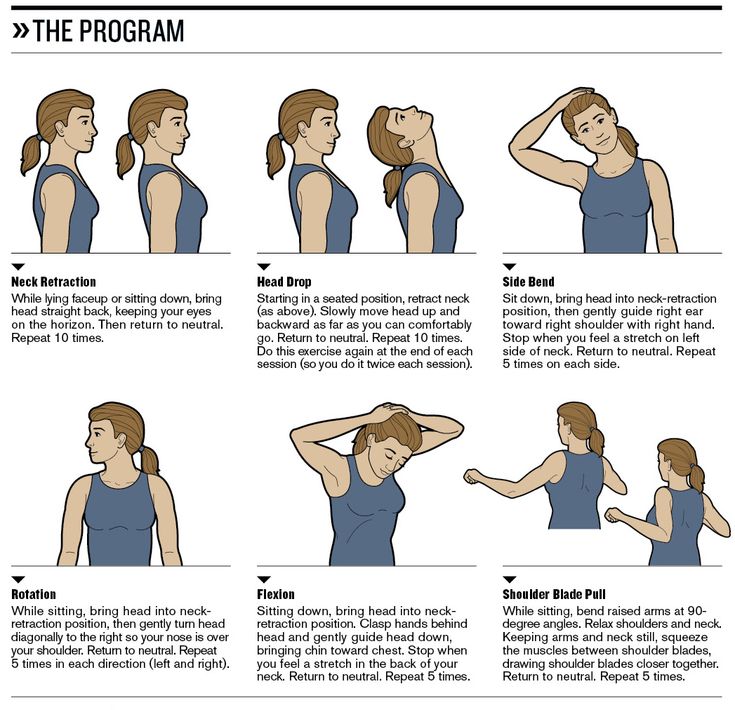
- Blood tests. In the hemogram, anemia, non-specific signs of inflammation can be detected. A biochemical blood test helps to diagnose coronary diseases (by a specific change in the lipid spectrum). With strong stabbing sensations in the region of the heart, it is advisable to investigate myocardial markers.
Considering that CNS disturbances are a common cause of chest tingling, the patient is advised to have a complete neurological examination with a check of vegetative status. In rare cases, electrophysiological methods are prescribed: EEG, electroneuromyography (ENMG). According to indications, a psychiatrist is connected to the diagnostic search, who can identify signs of masked depression.
Physician's consultation for chest pain
Treatment
Help before diagnosis
To eliminate tingling in the chest, you need to know its cause. Only non-drug methods can be used independently.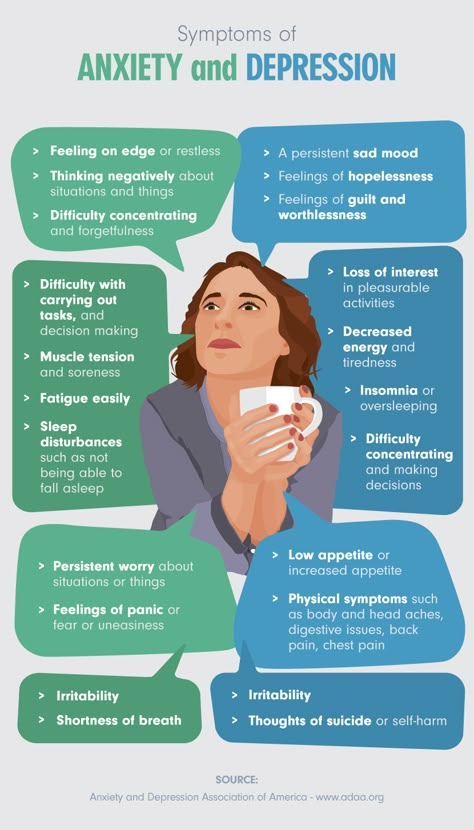 A stabbing sensation of discomfort in the chest is often provoked by stress, overwork, so a person should avoid these factors as much as possible. Physical activity is needed, but they need to be dosed so as not to stretch the muscles and cause pain. Stitching pains in the chest - a reason to go to the doctor.
A stabbing sensation of discomfort in the chest is often provoked by stress, overwork, so a person should avoid these factors as much as possible. Physical activity is needed, but they need to be dosed so as not to stretch the muscles and cause pain. Stitching pains in the chest - a reason to go to the doctor.
Conservative therapy
The tingling in the chest is predominantly mild to moderate in intensity and therefore does not require analgesics. With painful symptoms, painkillers are used to temporarily alleviate the condition. The basis of treatment is etiotropic therapy, which eliminates the cause of tingling. Drugs are selected based on the type of pathology. The following drugs are used:
- Anti-inflammatory drugs . Essential for a wide range of conditions, from myocarditis and pericarditis to costal cartilage inflammation. Representatives of the group of non-steroidal anti-inflammatory drugs have an additional analgesic effect, quickly relieve unpleasant symptoms.
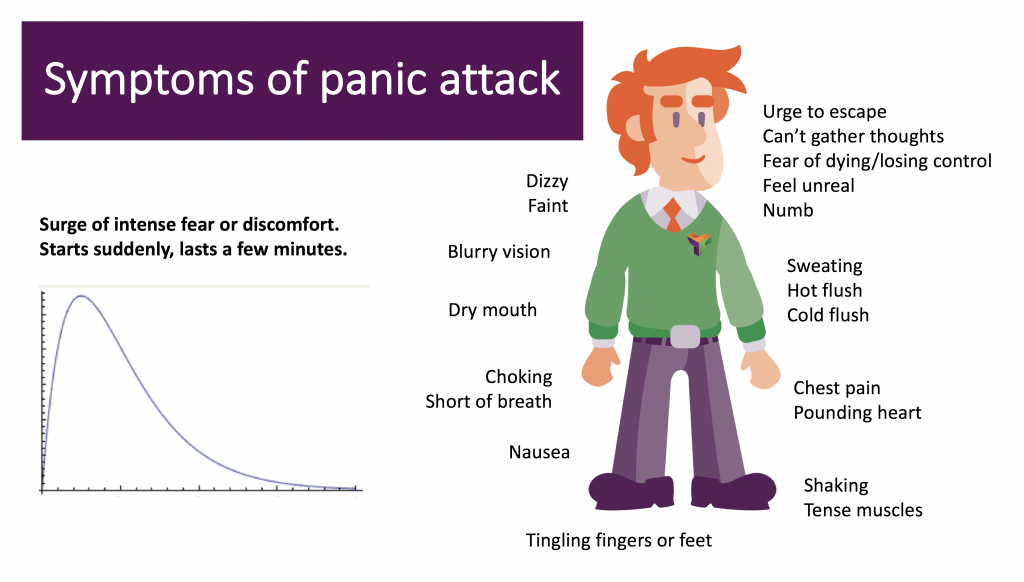 In serious illnesses, therapy is enhanced with corticosteroids.
In serious illnesses, therapy is enhanced with corticosteroids. - Medicines affecting the central nervous system . Recommended for cardioneurosis, depression, intercostal neuralgia. Treatment begins with mild sedatives, which, if necessary, are supplemented with antidepressants, tranquilizers.
- Antiarrhythmics . They normalize the heart rhythm, so the tingling in the chest, the feeling of a sinking heart disappear. Cardiologists select medicines of several classes, taking into account the type of arrhythmia and its severity, the presence or absence of other lesions of the cardiovascular system.
- Antibiotics . Used for bronchopulmonary diseases that are caused by infections. For the treatment of confirmed tuberculosis, special antibiotics are needed, taken for long courses. The inclusion of antimicrobial agents in the treatment regimen is justified for rheumatic heart disease, acute cholecystitis, gastritis provoked by H.
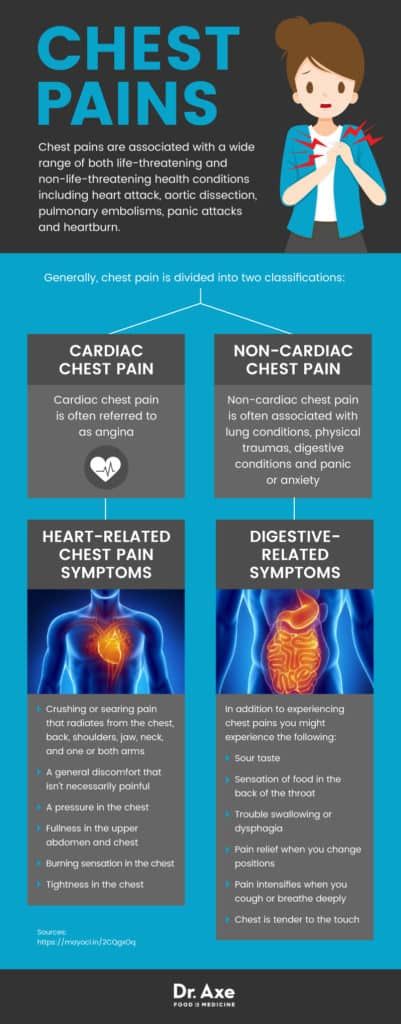 pylori.
pylori. - Iron preparations . They are prescribed for anemia to increase the level of hemoglobin, eliminate symptoms (stabbing sensations in the chest, dizziness, weakness). With low levels of red blood, blood transfusions are indicated, which quickly normalize well-being.
As an addition to pharmacological treatment, physiotherapy methods are effective, which successfully relieve discomfort. With stabbing pains, hydrotherapy, laser therapy, magnetotherapy are used. Methods of cognitive-behavioral psychotherapy help to eliminate the emotional and neurological causes of tingling in the chest. Biofeedback therapy is useful to enhance stress resistance.
Surgical treatment
With congenital and acquired heart defects, the help of a cardiac surgeon is needed to correct anatomical anomalies and improve the prognosis for the patient. With pleurisy, a puncture is performed to evacuate exudate and locally administer antibacterial drugs.